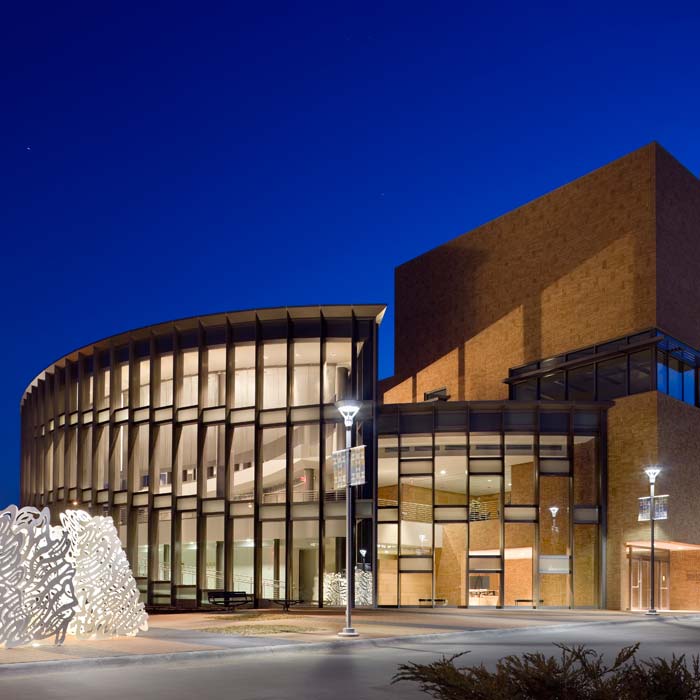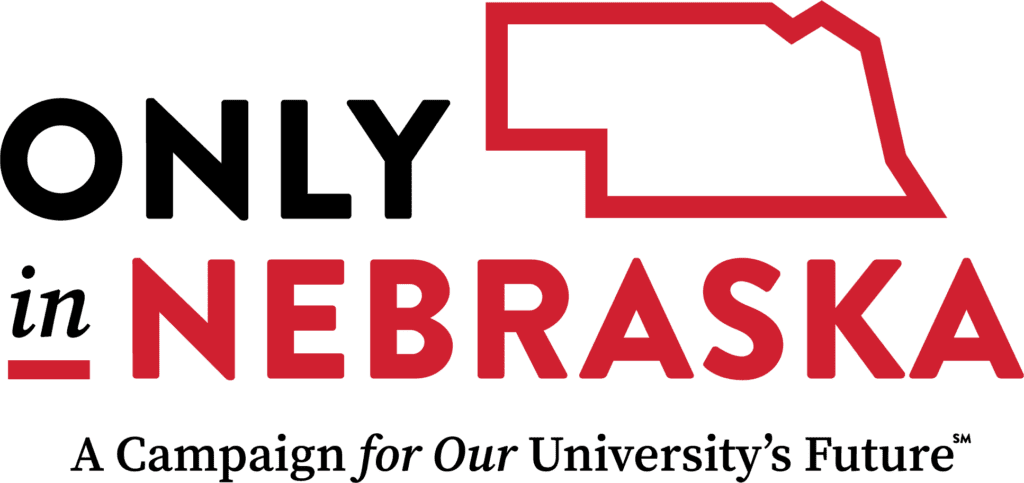Quilt detectives piece together the facts


Quilt ‘detectives’ piece together the facts
Piecing together the facts: Volunteers on the Genealogy Task Force at UNL’s International Quilt Study Center & Museum find the fascinating stories behind the quilts.
When you hear the words “quilt museum,” what image forms in your brain?
A room full of quilts, and that’s about it?
But there’s more. There’s a story woven into every quilt, if you can find it. Some quilts arrive as mysteries until someone researches their histories and finds the stories, by piecing together the facts.
Like detectives. Quilt detectives, you could say.
Four women — four volunteers donating their time — help do this job now at the University of Nebraska–Lincoln’s International Quilt Studies Center & Museum (IQSC&M) on East Campus.
They want to know who made the quilt, when it was made, where it is from, why it was made and how it ended up coming to IQSC&M. They’re called the Genealogy Task Force.
And they’re having a fascinating time.
Susan Macy is one.
“The idea is to tell the story,” she says.
She loves it. She’s been an IQSC&M volunteer for nearly seven years.
The way she came to the Quilt Center, Macy says, was fate. The quilt museum had received a quilt from the Abbyville, Kansas, area. One of the IQSC&M volunteers at that time knew Macy was from the area and contacted her. Macy researched the family name attached to the quilt and tracked down relatives of the woman who’d made the quilt.
“That was my beginning, and I was hooked,” Macy said.
From there Macy began volunteering more with the Quilt Center and came across several fascinating stories and even had the opportunity to make trips around the country and to Canada to track down the origins of some quilts.
Macy enjoys volunteering and finding stories attached to the quilts that are part of the museum’s collections.
“I’m not a quilter,” she said. “I’m a genealogy researcher.”
One of Macy’s most recent searches led her to working and eventually meeting an Amish family, once again near where she grew up in Kansas. IQSC&M was working to find the background stories on two small, crib-sized quilts it had. The last name attached to it was Borntrager, which was a common name in that area of Kansas. That fact led Macy to believe there might be some families in Kansas who would know something about where the quilts came from.
After a year of no responses she finally received contact from a woman in Kansas who remembered a quilt dealer visiting her family, years ago, and purchasing two quilts. After a mix up of incorrect information being passed down through different people, Macy tracked down what was to be the correct information.
One of the quilts was made between 1918 and 1928 by Sara Schrock Borntrager’s mother. A number of years after her mother’s passing, her stepmother, Susan Miller Schrock made her a second quilt in the late 1930s. These were the two quilts that are in the collections at IQSCM.
Macy spent months learning the story of this family and about these quilts. She made connections with the relatives of these two women. The family, 11 people, made a trip from Kansas to the quilt museum to see these family quilts.
Carolyn Ducey, IQSCM curator of collections, shared the quilts with the family. Macy followed up with a tour of the other exhibits in the Quilt House with the family.
“Direct connections are absolutely heavenly,” Macy said. “Whether it is in person, over email, by phone or through a letter.”
The two Amish crib quilts are part of the Sarah Miller Collection at the IQSCM.
Sometimes there is only so much a genealogist can find about a quilt. There tend to be gaps in times or reasons for why the quilt was created, that are missing.
Macy said, “There’s a lot of possibly’s and probably’s in quilt research.”
But being a volunteer wasn’t the first time Macy was on the University of Nebraska campus. She spent a lot of years at home taking care of her family before she graduated from UNL in December of 1993. Her degree was in human development and the family with a specialization in gerontology.
Macy practiced dental hygiene at a private practice in Wichita, Kansas, for six years before moving to Lincoln in 1966. After graduating from UNL, she worked at St. Mark’s United Methodist church, working with the senior members. She retired in 2008.
The Quilt Center is international. It receives quilts from all over the country and all over the world. The museum gets visitors from all over the world.
That’s why Macy also wants to promote the museum’s colorful story and urge people to consider supporting it any way they can.
“Funds for the museum mean a lot,” she says. “The (quilt) donors want them [the quilts] to be somewhere for longevity.
“To me, it means the way to preserve history.”
Needs and opportunities are ever-changing at Nebraska, and through the N Fund, you choose to support what you think is most important. The N Fund allows alumni and friends to contribute to priority funds that support specific Nebraska colleges, as well as broader areas of need like student scholarships, faculty development and campus libraries.
This story was written by foundation intern Rebekkah Watkins, who is studying journalism, history and classical studies at UNL.





